- home
- Articles
- Architectural Portfolio
- presentation
- Architecture News
- visualization
- Freelance Architecture
- Schooling
- Parametric Design
- Landscape Architecture
- Construction
- Interior Design
- Schooling
- Artificial Intelligence
- sketching
- Design Softwares
- diagrams
- writing
- Architectural Tips
- Roofing
- sustainability
- courses
- concept
- technology
- projects
- visualization
- Competitions
- Store
- Contact
- My account
- home
- Articles
- Architectural Portfolio
- presentation
- Architecture News
- visualization
- Freelance Architecture
- Schooling
- Parametric Design
- Landscape Architecture
- Construction
- Interior Design
- Schooling
- Artificial Intelligence
- sketching
- Design Softwares
- diagrams
- writing
- Architectural Tips
- Roofing
- sustainability
- courses
- concept
- technology
- projects
- visualization
- Competitions
- Store
- Contact
- My account
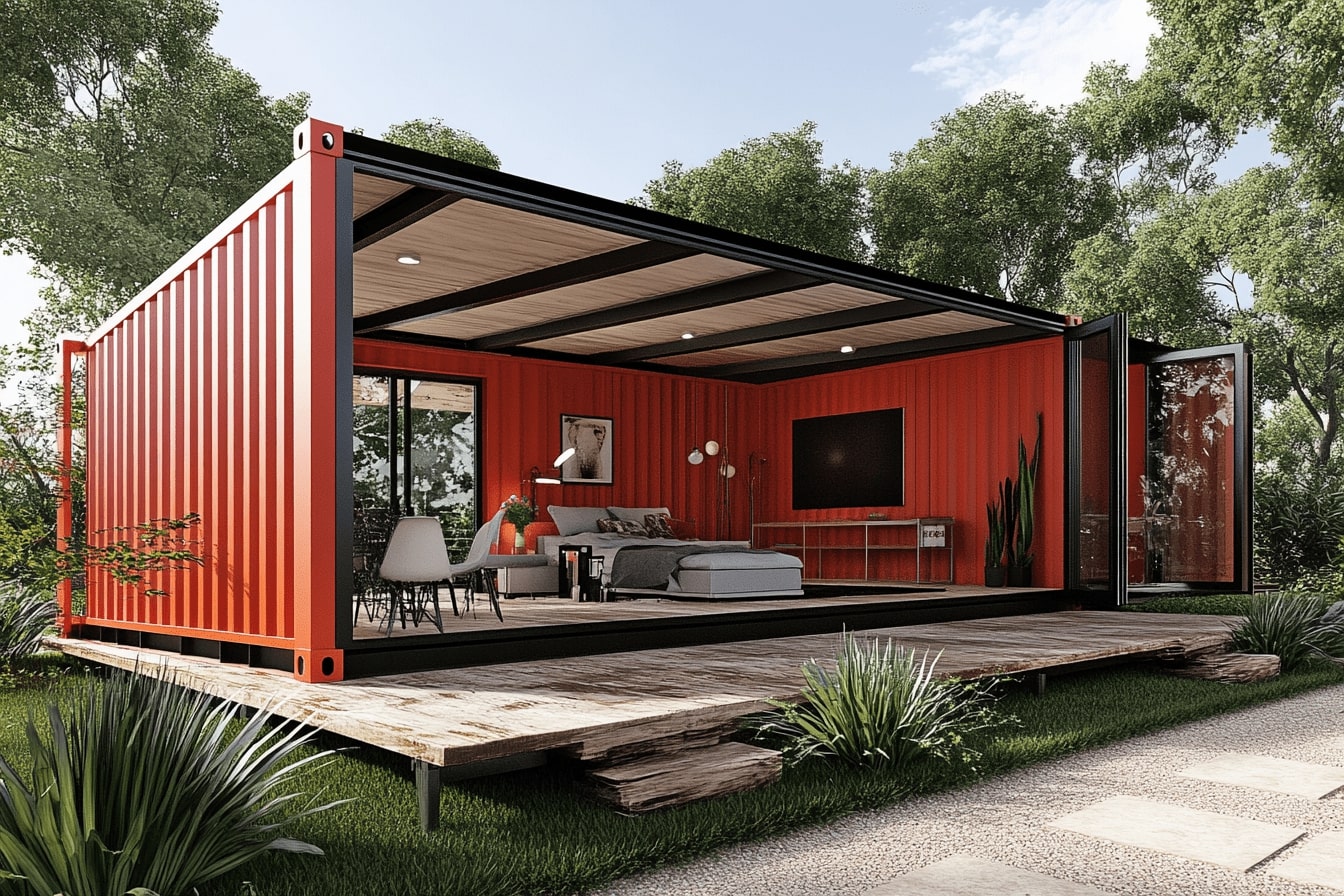
Legal Guidelines for Tiny House Construction: What You Need to Know
Tiny houses are capturing our imaginations, offering a simpler, more sustainable way of living. But before we dive into building our dream tiny home, we need to navigate the complex web of legal guidelines that govern their construction. From zoning laws to building codes, understanding these regulations is crucial to ensure our tiny house project is both legal and safe.
In this article, we’ll break down the essential legal aspects we need to consider when planning and constructing a tiny house. Whether we’re looking to place our tiny home on a permanent foundation or keep it mobile, knowing the rules can save us time, money, and headaches down the road. Let’s explore the key legal guidelines that will help us turn our tiny house dream into a reality.

Table of Contents
ToggleUnderstanding Tiny House Zoning Laws
Tiny house zoning laws govern where a tiny house can be legally placed. Knowing the distinction between residential and mobile zoning is crucial.
Residential Zoning
Local governments enforce residential zoning laws. These laws dictate the specific residential areas where tiny houses are permissible. Zoning laws often demand minimum square footage for dwellings and some neighborhoods restrict non-traditional housing like tiny homes.
For example, in some suburban areas, tiny houses must comply with single-family residential zoning codes which include those regulating foundation requirements and spacing.
Mobile and RV Zoning
Mobile and RV zoning laws apply to tiny houses on wheels. These laws determine where mobile tiny houses can be parked long-term. Usually, these zones are limited to RV parks or designated mobile home communities, and they might also include specific seasons or limited time frames.
Several municipalities allow tiny houses to occupy designated spaces in mobile home parks, but others might have strict prohibitions.
Building Codes and Standards for Tiny Houses
To ensure safety and legality, tiny houses must adhere to specific building codes and standards. These regulations cover various aspects of construction, including size, structural safety, and utilities.

Minimum Size Requirements
Building codes often specify minimum size requirements for habitable spaces. For instance, the International Residential Code (IRC) mandates at least 70 square feet of floor space for a single habitable room. Kitchens and bathrooms are typically excluded from this calculation. These requirements ensure that the living space is functional and safe for occupants.
Structural Safety and Materials
Structural safety for tiny houses involves using durable materials and following construction best practices. The IRC dictates that tiny houses must have sufficient lateral stability and vertical load-bearing capacities. For example, floor joists, wall studs, and roof rafters must comply with these standards to prevent structural failure. Additionally, materials like pressure-treated lumber and fire-resistant insulation contribute to a safer living environment.
Electrical and Plumbing Codes
Electrical and plumbing systems in tiny houses must meet specific codes to ensure safe operation. The National Electrical Code (NEC) outlines requirements for wiring, outlets, and circuit breakers. Similarly, plumbing codes, such as those in the Uniform Plumbing Code (UPC), detail the installation of water supply lines, drainage systems, and fixture specifications. Compliance with these codes minimizes risks such as electrical fires and water damage.
By adhering to these building codes and standards, tiny house owners can create safe, legal, and comfortable living environments.
Permitting Process for Tiny Houses
Navigating the permitting process for tiny houses involves understanding local regulations and submitting the necessary documents.
Application Procedures
Applying for permits starts with contacting local zoning or building departments. Applicants must determine if tiny houses are permitted in their desired area. Some cities have specific zones for tiny houses (e.g., Portland, Los Angeles), making the process smoother. If zoning permits, acquire an application form from the local authority. Fill out the form, detailing the construction specifics like dimensions, materials, and intended use. After submitting, officials review the application, which may include site inspections. Fees are associated with permit applications; these vary by location.

Required Documentation
Required documents provide verification and compliance proof. Documents include site plans, which outline the plot layout and placement of the tiny house. Floor plans show the interior layout, room dimensions, and placements. Electrical, plumbing, and mechanical plans may also be necessary, detailing connections and installations conforming to local codes. Structural engineering reports might be requested if the build deviates from typical constructions. Finally, proof of land ownership or a lease agreement must be included to verify legal placement. All documentation ensures the tiny house meets safety, zoning, and building standards.
Legal Considerations for Off-Grid Tiny Houses
Living off-grid in a tiny house involves unique legal challenges, especially concerning utilities and compliance with regulations. Let’s dive into specific legal considerations.
Water and Sewage Regulations
Off-grid tiny houses need effective water and sewage management to meet legal standards. Local health departments typically regulate water systems, requiring proof of a reliable water source. This often involves well water, rainwater collection, or water delivery services. Compliance means testing water quality periodically and ensuring it meets safety standards.
Sewage disposal also falls under strict regulations, overseen by local environmental agencies. Options include composting toilets, incinerating toilets, or septic systems. Each method must meet criteria for waste management and environmental impact. For instance, composting toilets require proper maintenance and disposal protocols, while septic systems must be installed by licensed professionals and inspected regularly. While perfecting the interior design of your home, don’t forget about essential systems like your septic. Mountain Septic provides professional maintenance services to ensure your system functions properly, keeping your home environment safe and efficient.
Energy and Utility Compliance
Energy compliance for off-grid tiny houses includes alternative energy sources like solar panels, wind turbines, or generators. Local building codes may specify how these systems should be integrated. Solar power, commonly used in off-grid homes, needs to comply with electrical codes governing installation and storage.
Utility requirements extend to backup energy solutions and emergency protocols. Even if off-grid, tiny houses might still need permits for generators or backup battery systems. These systems must adhere to safety standards, ensuring they don’t pose fire hazards or other risks.
Documenting compliance with energy and utility regulations involves submitting installation plans and inspection reports to local authorities. This helps verify that all systems meet the required standards and that the tiny house is legally habitable.
Special Legal Scenarios
Various scenarios may require unique legal considerations. Tiny houses on wheels and those placed in backyards as accessory dwelling units present specific legal challenges.
Tiny Houses on Wheels (THOWs)
Tiny houses on wheels (THOWs) fall under the category of recreational vehicles (RVs) in many jurisdictions. Zoning laws often restrict long-term habitation in RVs. Therefore, it’s crucial to confirm if local zoning ordinances allow THOWs as permanent residences. THOWs need to comply with RV standards set by the Recreation Vehicle Industry Association (RVIA). This ensures they meet safety and construction standards. Additionally, parking regulations vary; some areas permit parking in RV parks only, while others may allow it on private property with conditions.

Tiny Houses in Backyards (Accessory Dwelling Units)
Tiny houses in backyards, often referred to as accessory dwelling units (ADUs), need to align with local ADU regulations. These regulations dictate size, placement, and usage. ADUs must comply with building codes similar to traditional homes. Property owners may face restrictions on the size of the ADU relative to the main house and distance from property lines. Some jurisdictions require the owner to live on-site, while others enforce minimum lease terms for tenants. Utility hookups and sewage lines must meet municipal requirements, often necessitating additional permits.
Conclusion
Navigating the legal landscape for tiny house construction involves understanding various regulations and requirements. We emphasized the importance of zoning laws and building codes, which vary significantly between different locales. Obtaining the necessary permits and adhering to local regulations is crucial for ensuring a smooth construction process.
For those interested in off-grid living, we discussed legal considerations related to water and sewage, energy compliance, and utility requirements. It’s vital to manage water sources, handle sewage disposal responsibly, and comply with regulations concerning alternative energy sources.
Special legal scenarios for Tiny Houses on Wheels (THOWs) and Accessory Dwelling Units (ADUs) require specific attention. THOWs must adhere to RV standards, and it’s essential to confirm local zoning ordinances for permanent habitation. ADUs, on the other hand, must comply with local regulations regarding size, placement, and usage, as well as building codes and utility hookup requirements.
Keeping abreast of the legal requirements and seeking necessary approvals can be challenging but essential for ensuring your tiny house project is both successful and compliant.
- Building a Tiny House
- legal aspects of tiny house living
- legal requirements for tiny homes
- legal tiny house setup
- permitting for tiny houses
- tiny home construction laws
- tiny home construction regulations
- tiny home legal advice
- tiny home legal checklist
- tiny home legal requirements
- tiny home zoning codes
- tiny house building codes
- tiny house building laws
- tiny house compliance
- tiny house construction
- tiny house construction guide
- tiny house construction laws
- tiny house financing requirements
- tiny house land permits
- tiny house legal advice
- tiny house legal challenges
- tiny house legal guidelines
- tiny house on wheels legality
- tiny house permits
- tiny house planning permission
- tiny house planning regulations
- tiny house regulations
- tiny house rules and regulations
- tiny house zoning laws
illustrarch is your daily dose of architecture. Leading community designed for all lovers of illustration and #drawing.
3 Comments
Submit your architectural projects
Follow these steps for submission your project. Submission FormLatest Posts
Top 5 Best Tiny House Building Companies in USA for Sustainable Small-Space Living
Discover the best tiny house building companies in the U.S. offering exceptional...
Discover the Benefits of Joining a Tiny House Community for a Simple, Sustainable Life
Discover the surprising benefits of joining a tiny house community! From affordability...
Exploring Popular Tiny House Communities in the US: Top Places for Minimalist Living
Discover the rise of tiny house communities in the US, blending affordability,...
Begin Your Journey: How to Get Started with Tiny House Movement in USA
Discover how to dive into the tiny house movement in the USA,...






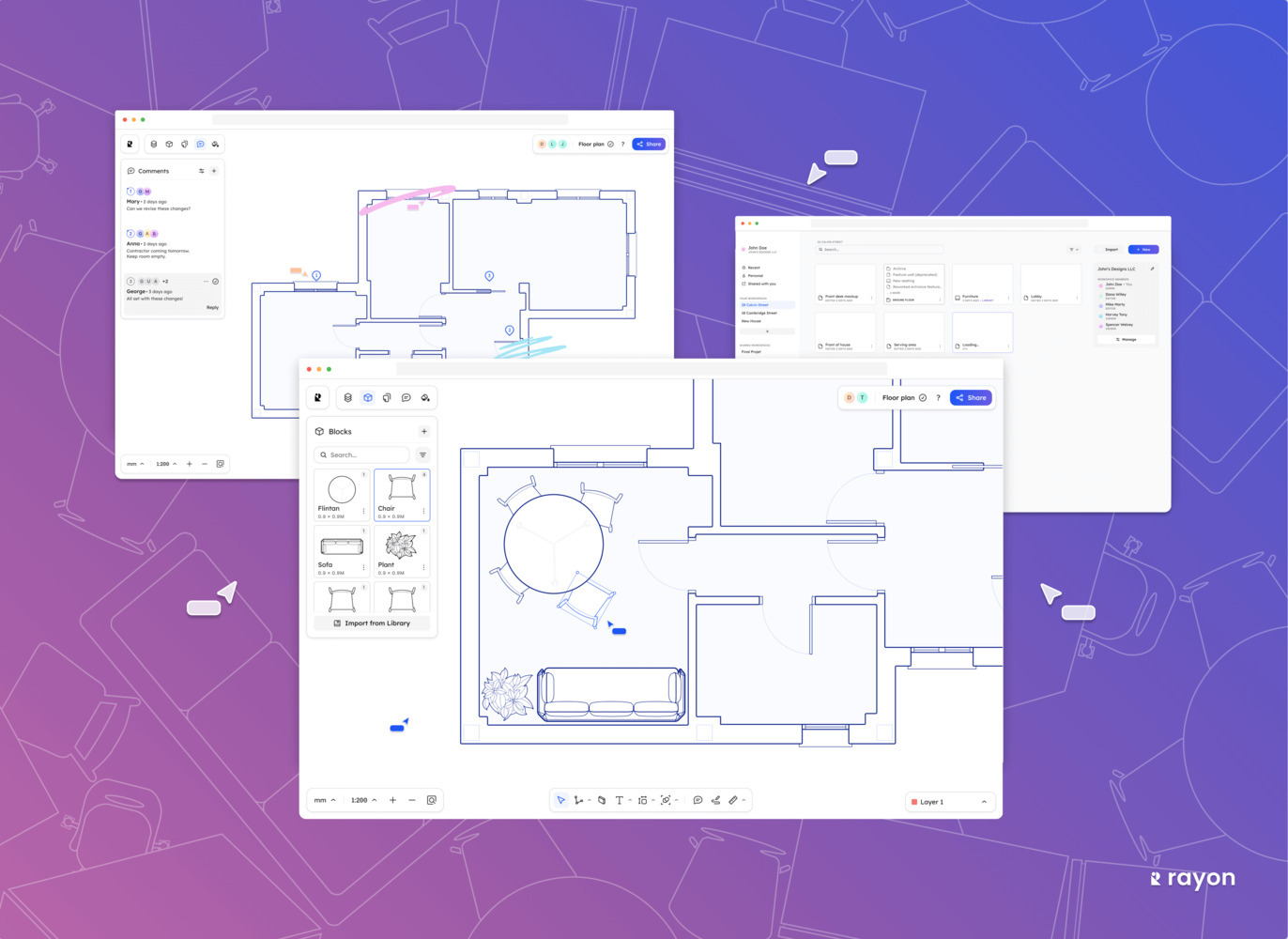

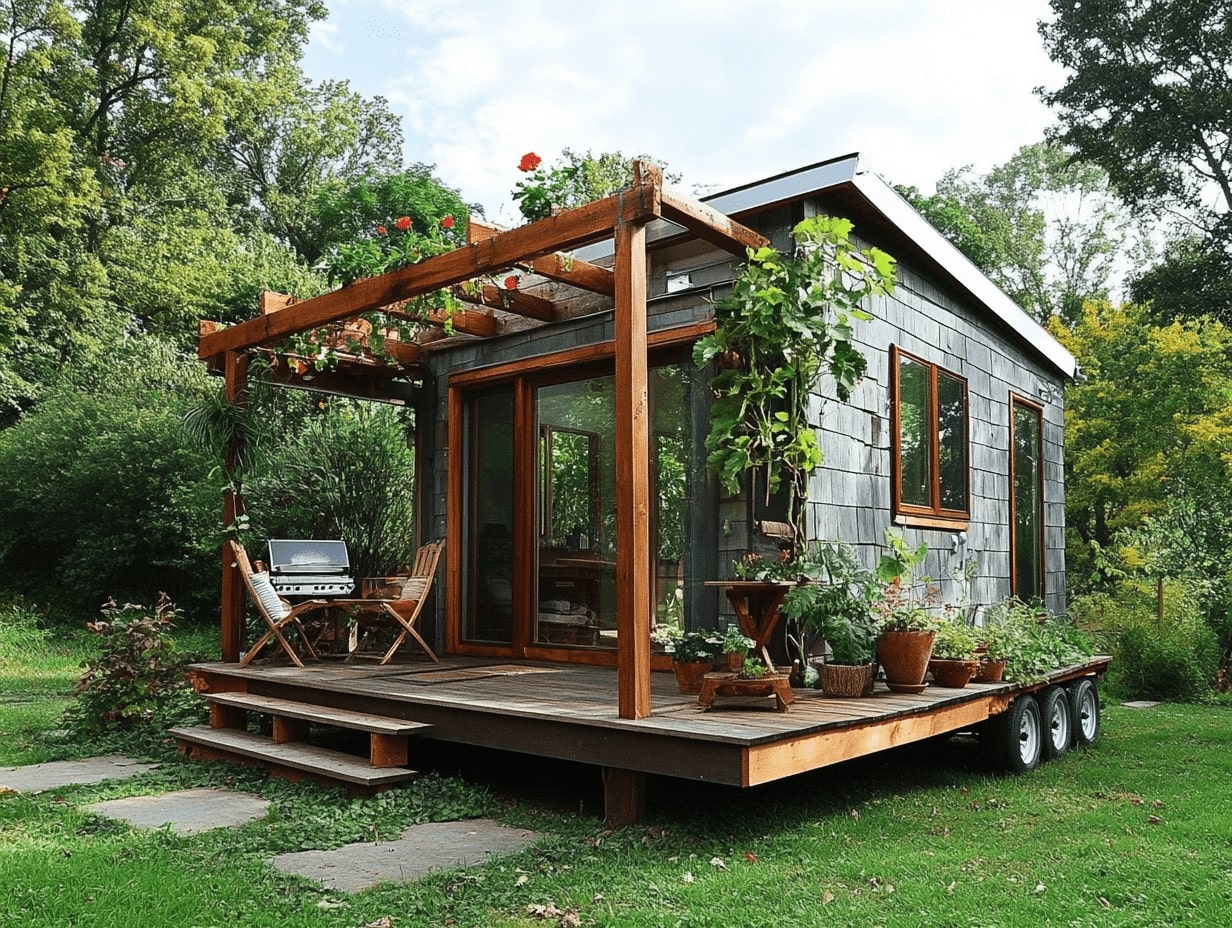
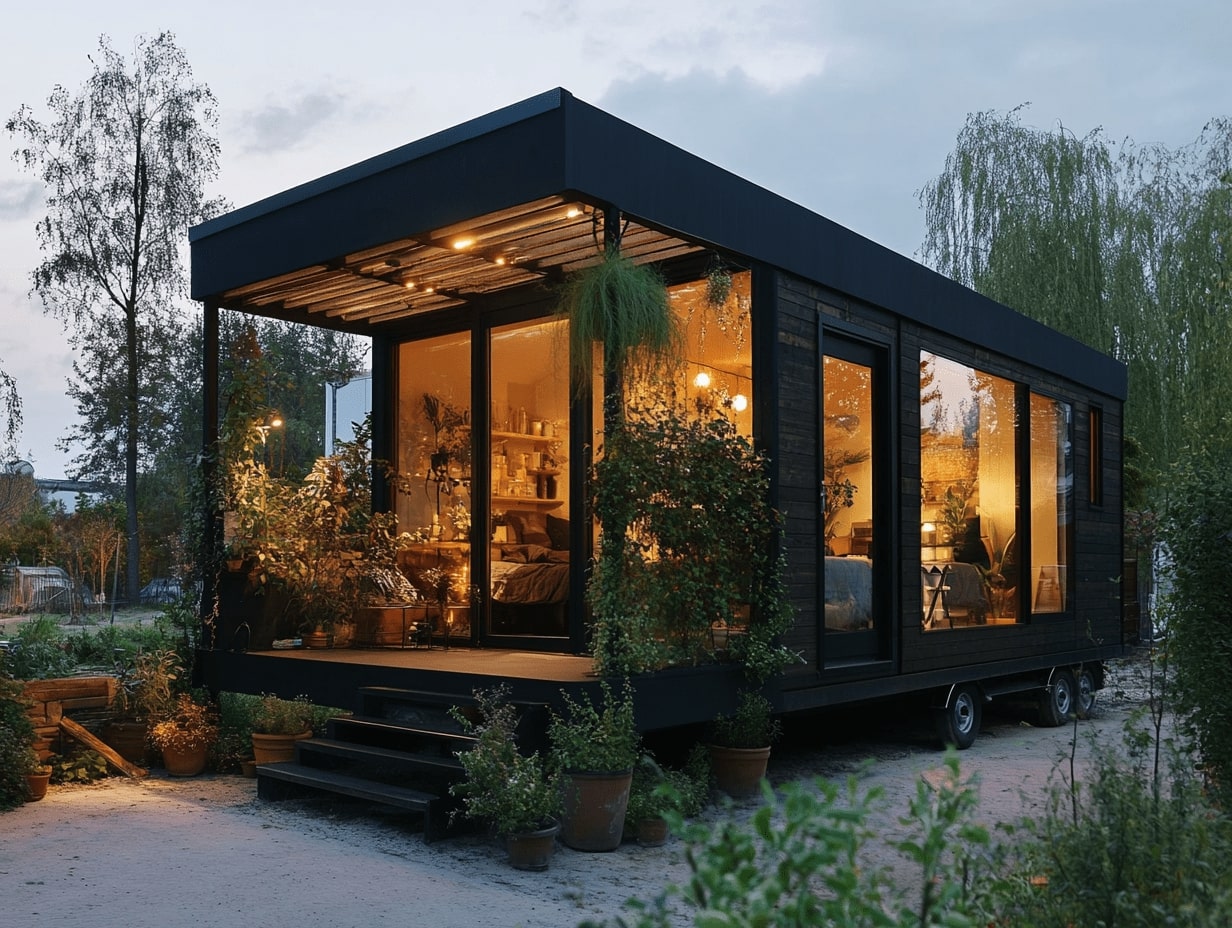
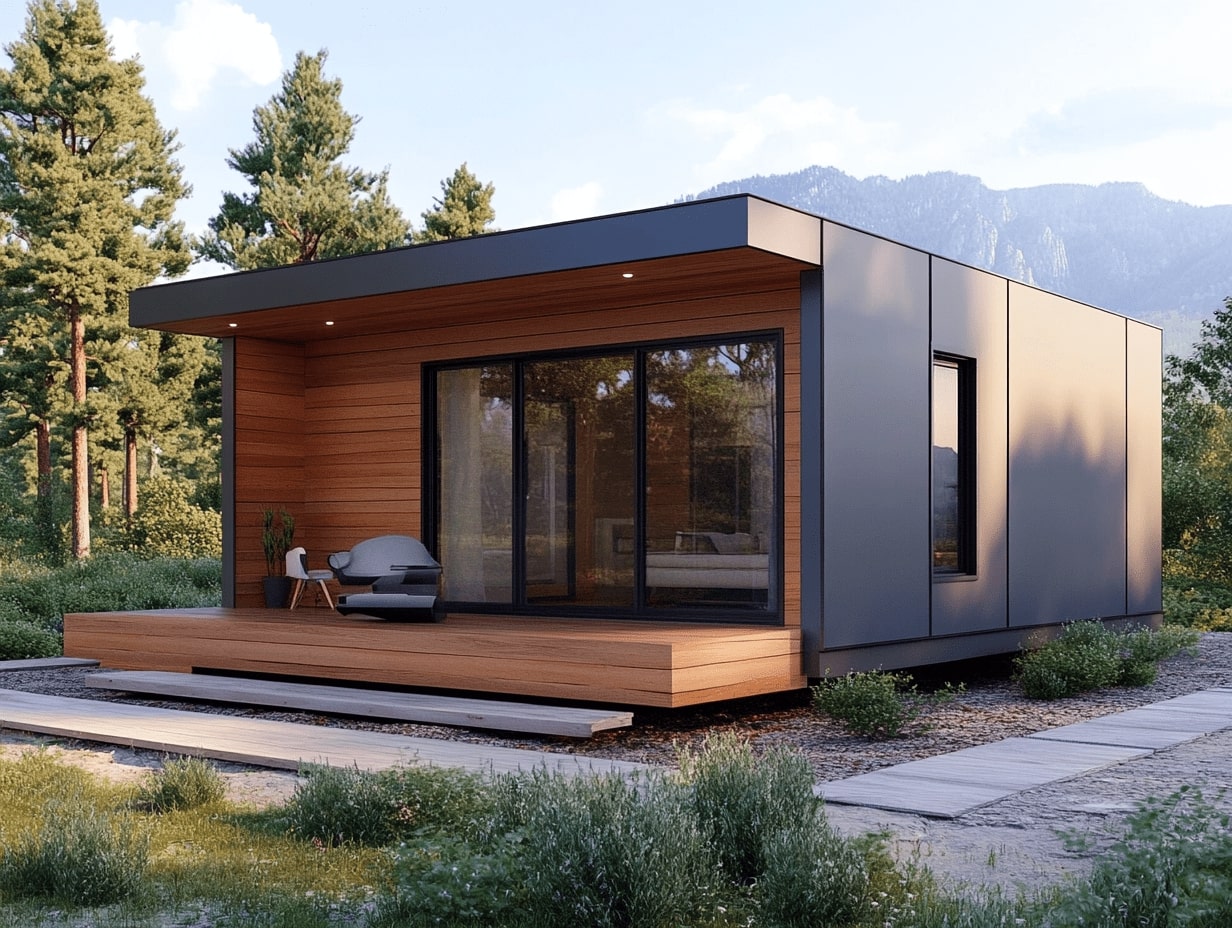

This article gives a lot of information about tiny houses and the rules around them.
I found the legal parts interesting, but it seems like a lot of work to build a tiny house.
It’s good to know the laws before starting a tiny house. I didn’t know there were so many requirements.